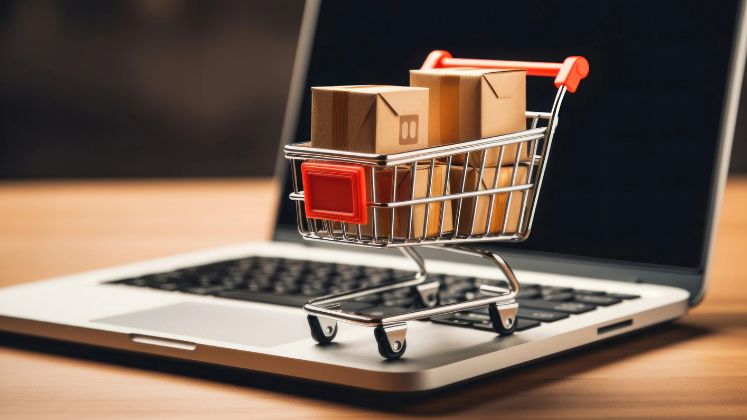
In the upcoming years, India’s e-commerce industry is expected to grow significantly, per a McKinsey & Company analysis. Only 20–25% of India’s 850 million internet users shop online, according to the report. Compared to developed economies like the US and China, where more than 85% of internet users make purchases online, this is far lower.
The report also noted that e-commerce activity has significantly increased in India in recent years. The nation is not only catching up as a quick adoption of online shopping, but it is also becoming a leader in the industry. The speedy commerce platforms that deliver things in a short amount of time are a prime example of this.
However, as of fiscal year 2023, e-commerce still only makes about 7 to 9% of India’s overall retail sales. By 2030, this percentage is predicted to more than double to between 15 and 17%, demonstrating the enormous growth potential.
The Indian e-commerce market is evolving due to new business concepts. Together, quick commerce and social commerce account for almost 15% of the current e-commerce market. By 2030, their percentage is predicted to surpass 25%.
Two key variables are probably going to drive the next wave of growth in Indian e-commerce. One is the growing presence of new markets such as building materials and business-to-business (B2B) trade. The other is the growing demand from cities in Tier-2 and Tier-3 cities. Compared to metros and Tier-1 cities, these cities are experiencing quicker income growth.
Between 2023 and 2024, Tier-2 cities’ monthly salaries increased by 18%, which is more than larger cities’ growth rates. According to the analysis, e-commerce in India will do more than only upend conventional retail. It is anticipated to change every aspect of the retail sector, including logistics and last-mile deliveries.





